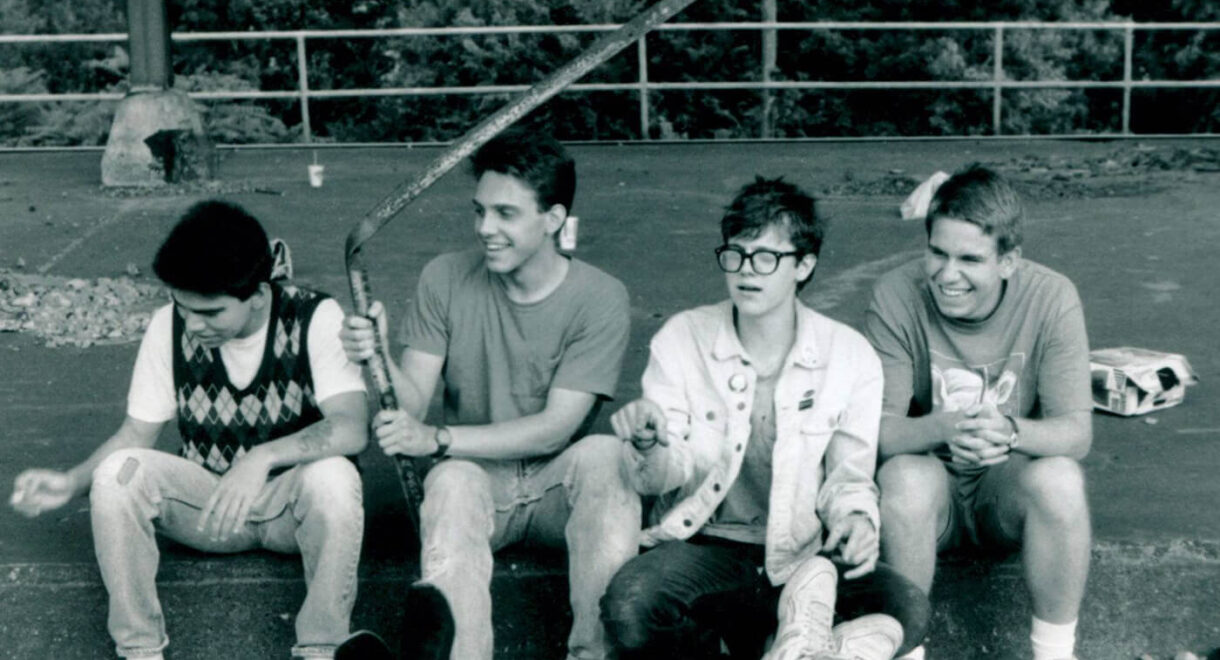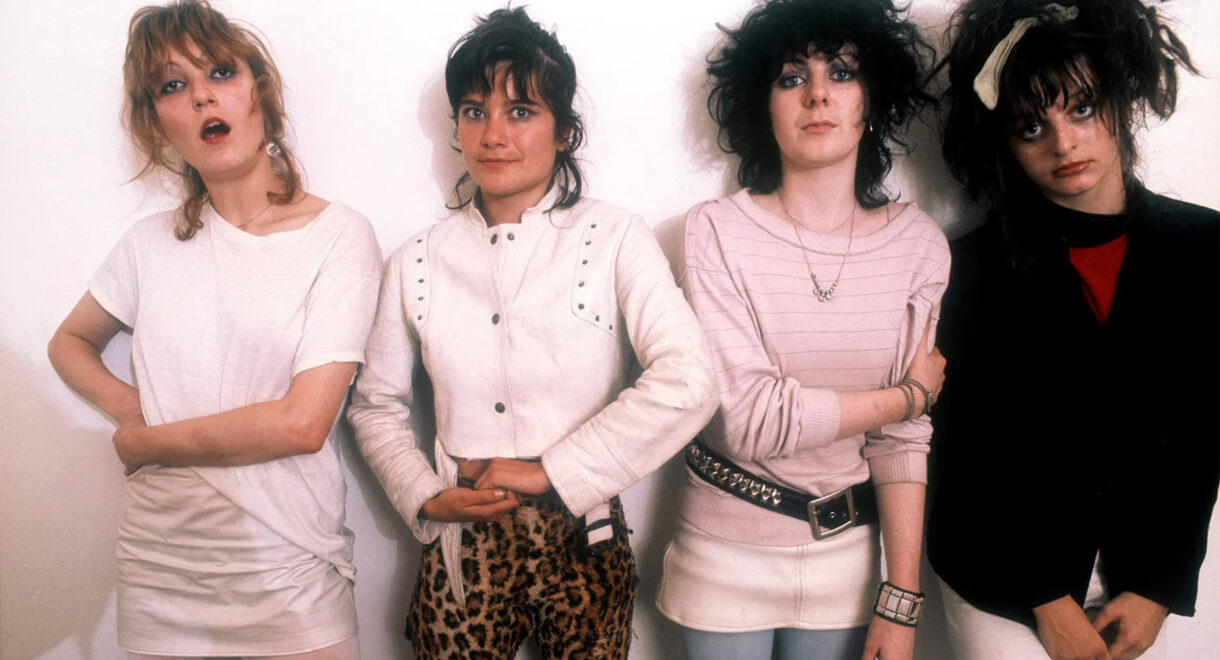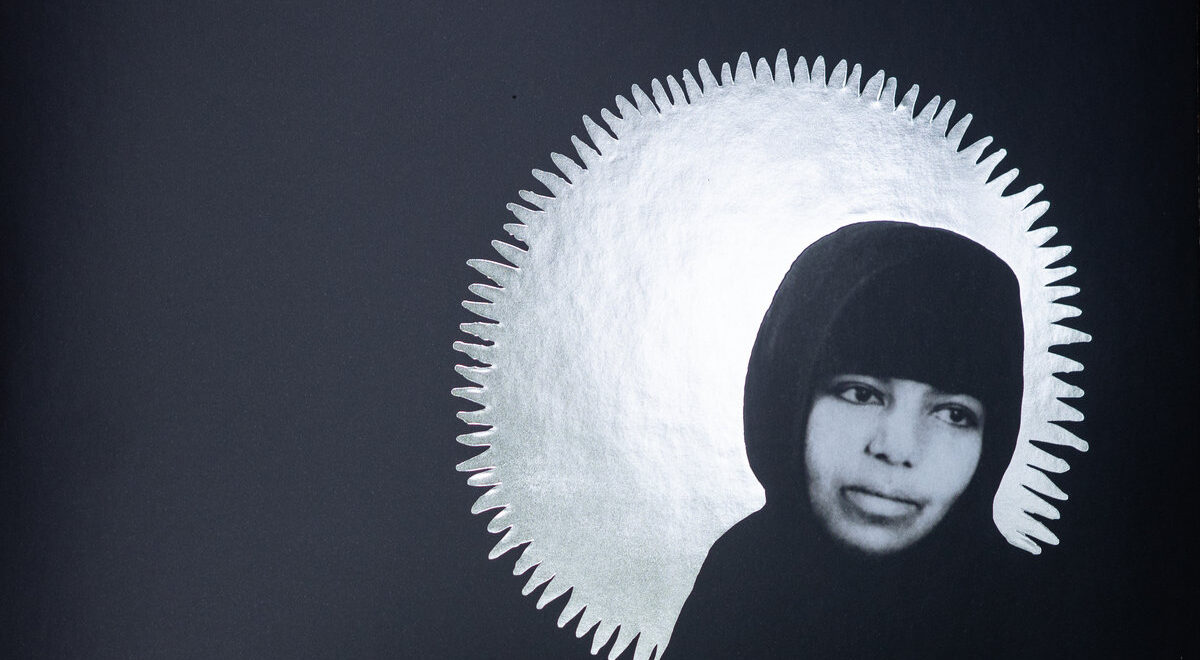The story of Slint and the Louisville music culture they emerged from. Recommended by a friend who heard skateboard legend Ray Barbee having an enthusiastic conversation about it […]
The BBC’s ‘Under African Skies’ and the Sound of a Changing Continent

Not all five episodes survive online, but its portraits of Kinshasa and Addis Ababa remain vivid — honest, revealing, and shadowed by a colonial gaze.
From the 1970s through the early ’90s, the BBC produced a remarkable run of music documentary series that turned listening into cinema. The Old Grey Whistle Test brought late-night audiences raw, unfiltered performances from Roxy Music, Patti Smith, and Curtis Mayfield. Arena and Omnibus treated musicians ranging from David Bowie and the Beatles to Miles Davis and Kate Bush as serious cultural figures, building long-form portraits with the pacing of art films. Rockschool turned the instruments themselves into subjects, teaching a generation of post-punk kids how to play and think about music. Rhythms of the World looked outward, tracing popular forms across continents without the colonial filter that usually defined “world music.”
Under African Skies fit squarely within that lineage. Premiering in September 1989 and airing on five consecutive Friday nights, the series traveled through Mali, Ethiopia, Algeria, Zimbabwe, and Zaire, documenting living musical cultures as they shifted toward modernity.
The episode set in Kinshasa is the standout: a vivid account of the city’s rumba and soukous explosion, full of sweat, rhythm, and invention. Like the best BBC documentaries of its era, it listened deeply and let the music speak for itself. It unfolds at street level, where nightclubs, studios, and open-air bars hum with guitars and electricity. It captures the moment when the propellant Congolese rumba — rooted in Cuban rhythms and local folklore — was mutating into the faster, flashier style known as soukous.
Papa Wemba and Viva La Musica glide through the frame, their fashion as precise as their timing, while younger bands like Zaïko Langa Langa push the beat toward pop modernity — and dance floors explode with new energy. The film lingers not just on performances but on the social circuitry that keeps the city alive: cassette vendors, dancers, soundmen, and fans who know every lyric by heart.
The Ethiopia episode moves in a different key. Shot largely in Addis Ababa, it explores the post-revolution generation that inherited a silenced musical culture and began to reassemble it. Veterans of the Ethio-jazz scene stand alongside singers and instrumentalists raised on imported pop but searching for local resonance. The camera glides from small clubs to state-run studios to public squares where music becomes a form of subtle resistance. Haunting and understated, it’s less about revival than continuity — how a culture keeps singing even when the microphones are turned off.
All this said, despite the series’ observational style, it can’t fully escape its vantage point. These were British filmmakers documenting nations their empire once occupied or attempted to influence, and that colonial perspective, most obvious in the British narrator’s accent and demeanor, shadows the work. The production often strives for detached commentary, but its gaze remains that of outsiders: fascinated, respectful, and still shaped by condescension and histories of control. That tension between witness and authority gives Under African Skies both its power and its complication.
Though not every episode of Under African Skies is available online today, the Zaire and Ethiopia installments alone offer fascinating, urgently alive stories and music.










